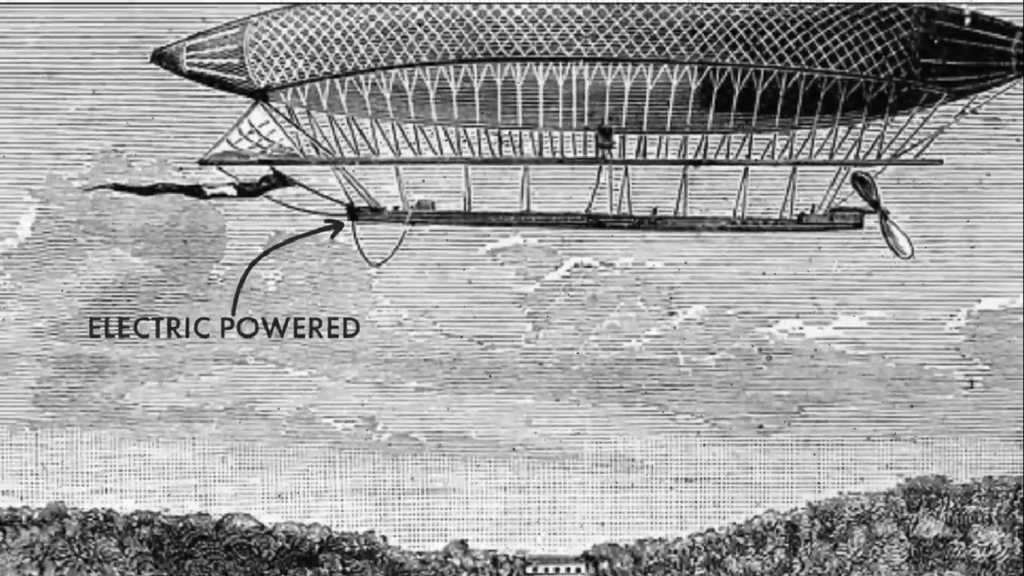Moving on with our story, in the 1850s, in a small town in Germany, lived a young boy named Ferdinand Adolf Heinrich August Graf von Zeppelin. It was certainly a long name with a lot of gravitas. This boy went to America and during the American Civil War, he saw how the Union Army was using balloons in the army. His interest in balloons increased, and as he kept rising through the ranks in the army by 1874, this boy penned down the idea of an airship in his diary. By this point in time, balloons had become quite advanced.

Engines were being installed on balloons so that they could be steered towards the desired direction. Some balloons used steam engines, and some used electric-powered engines. In 1891, Zeppelin resigned from the army at the age of 52 and focused entirely on developing airships.
The base idea was that there is only one gas bag in a balloon. But if we were to use multiple gas bags and somehow the whole structure could be made more rigid, then a big and sturdy aircraft could be built. Zeppelin worked with a team of engineers to refine his idea. An aluminium framework was made. In 1898, he received some investment with which he developed the first airship. It was called LZ-1. And friends, this is why we still call airships Zeppelins. Because the name of the man who invented them was Zeppelin.




